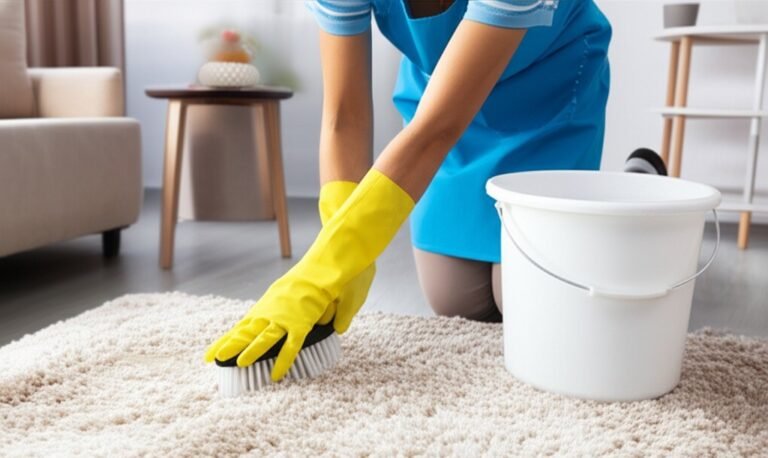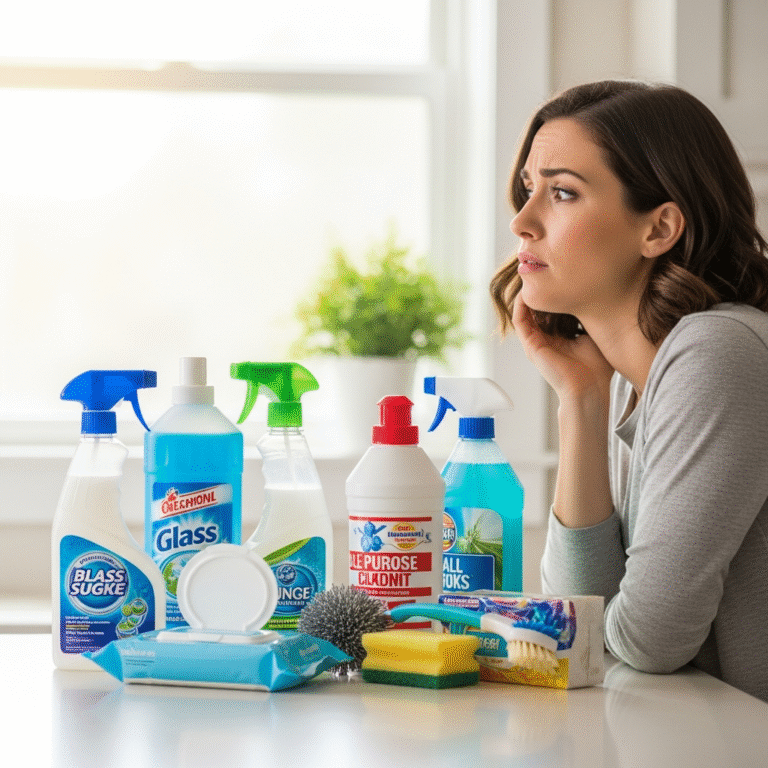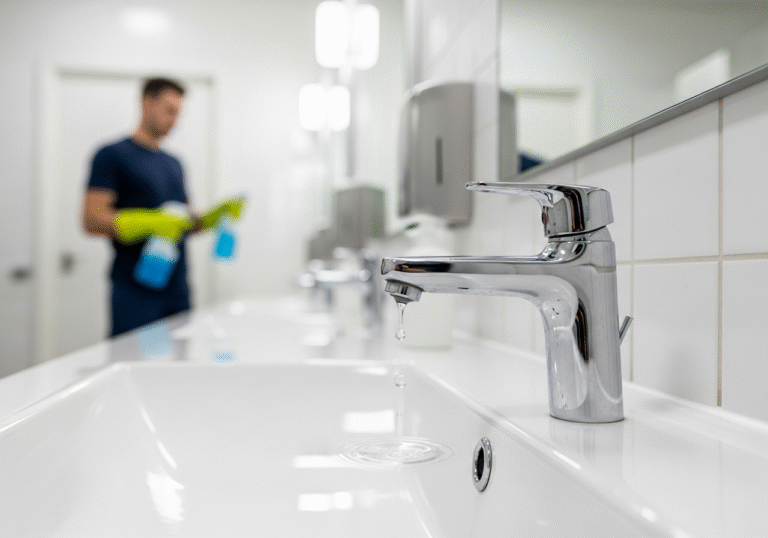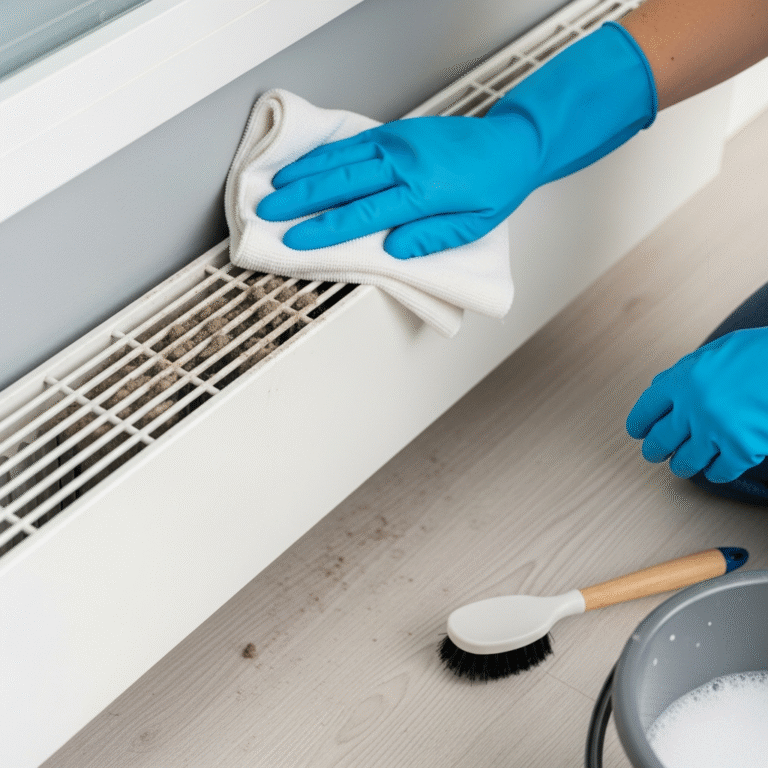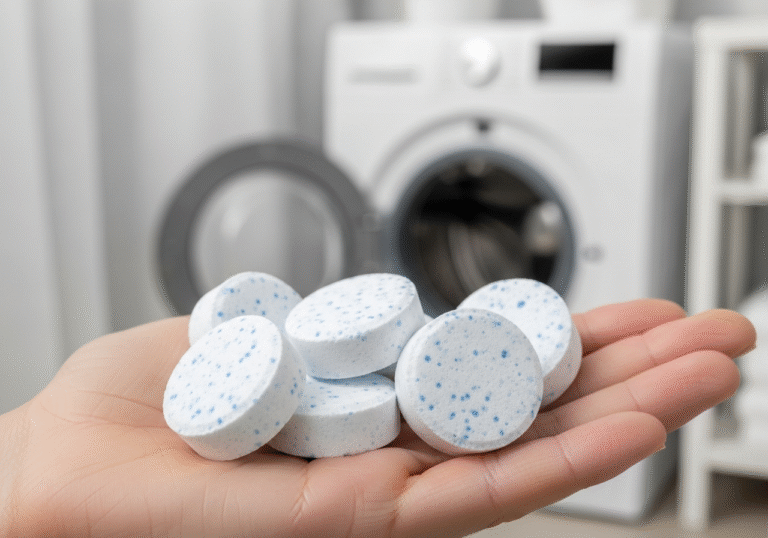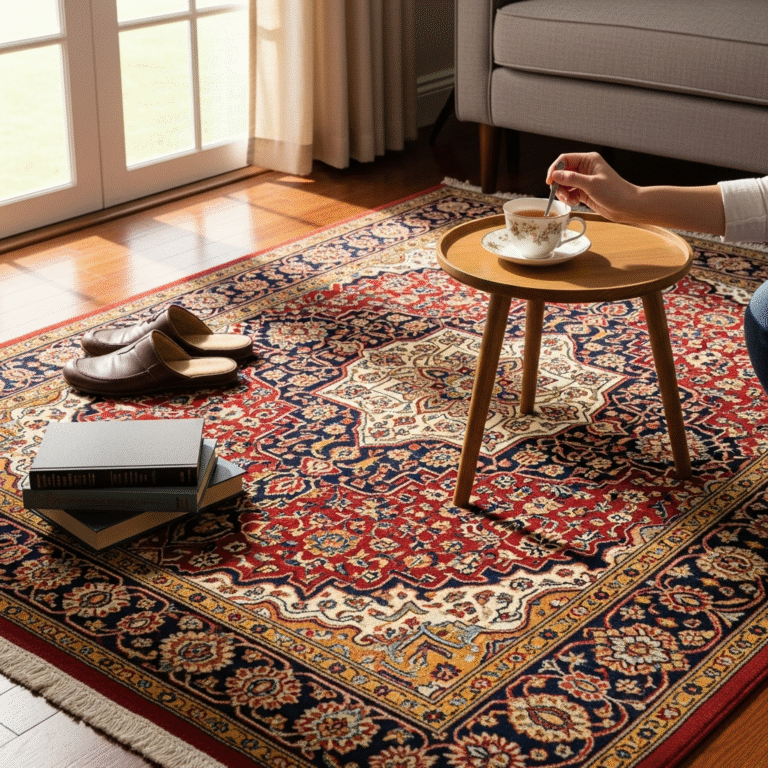Using the wrong cleaning product is a foundational error. The carpets is not just a floor covering; it is a textile made of specific fibers, dyes, and backings. Grabbing an all-purpose cleaner from under the sink is a gamble with high stakes. Many household cleaners contain bleach or bleaching agents that can permanently strip color from your carpet, leaving behind noticeable light spots. Others are highly alkaline or acidic, which can chemically burn synthetic fibers or dissolve natural ones like wool. Dish soap is a frequent culprit. While it is effective at cutting grease, it is designed to produce a large volume of suds and leaves behind a sticky, soapy residue that is nearly impossible to fully rinse out with home equipment. This residue acts as a magnet, attracting dirt and dust at an accelerated rate, causing the cleaned spot to become soiled much faster than the surrounding area. Always use a cleaning solution specifically formulated for carpets, and even then, one that is appropriate for your carpet’s specific material, be it wool, nylon, polyester, or olefin.
1.Do Not Rub
Scrubbing a stain aggressively is a natural, yet entirely incorrect, impulse. When you see a spill, the instinct is to apply pressure and friction to remove it. On a carpet, this action is destructive. Vigorous scrubbing does not lift the stain; it pushes it deeper into the carpet fibers and, more critically, into the padding beneath. This can make the stain impossible to remove and can create a breeding ground for mildew. Furthermore, the harsh mechanical action untwists and frays the delicate carpet fibers. This damage is irreversible. Once the fibers are frayed, they lose their texture and sheen, creating a permanently fuzzy or distorted patch that looks different from the rest of the carpet, even after the stain is gone. The correct method is blotting. Using a clean, white, absorbent cloth, gently press down on the spill to soak up as much liquid as possible. Work from the outside of the spill inward to prevent it from spreading. Repeat with fresh sections of the cloth until no more of the stain is transferring.
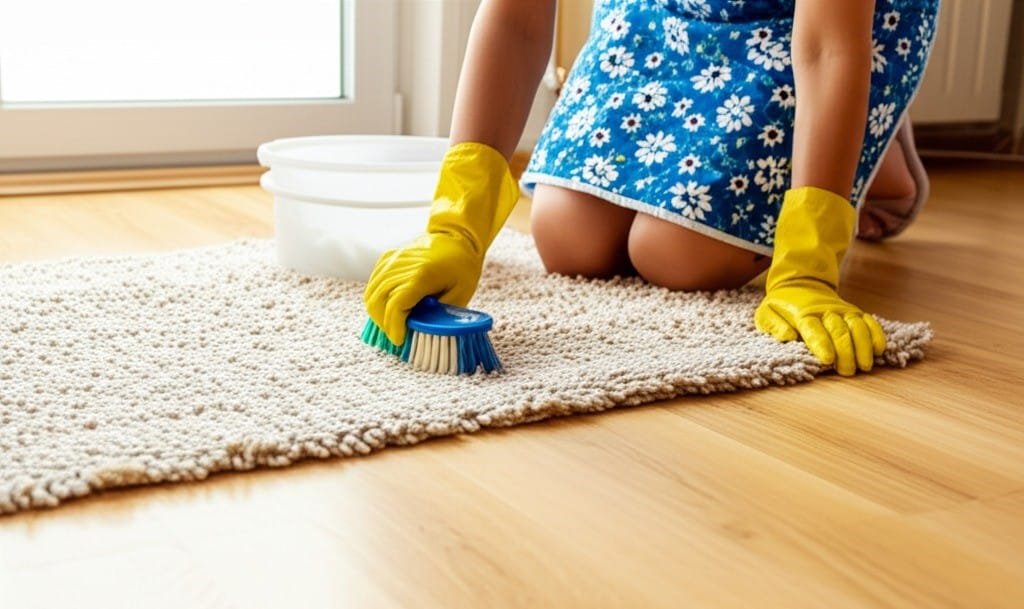
2.Do Not Apply Products Directly
Applying cleaning solution directly onto the carpet is another common misstep. Pouring or spraying cleaner straight onto a stain creates a concentrated, oversaturated area. This excess liquid immediately soaks through the carpet fibers and into the backing and padding. Not only does this make the stain harder to remove by spreading it underneath the surface, but it also creates a high risk of water damage to your subfloor. An oversaturated pad can take days or even weeks to dry completely, fostering the growth of mold and mildew, which leads to persistent musty odors and potential health concerns. The proper technique is to apply a small amount of the appropriate cleaning solution to a clean cloth, and then use that cloth to blot the stained area. This gives you complete control over the amount of moisture being introduced to the carpet, ensuring the fibers are cleaned without soaking the layers beneath.
3.Without Excess Water
Using too much water during a deep clean is arguably the most damaging mistake. This is particularly common with rented carpet cleaning machines, which often entice users to make multiple wet passes in the belief that more water equals a better clean. The opposite is true. Excess water saturates the carpet backing and the foam padding, a combination that can lead to a cascade of problems. Delamination can occur, where the glue holding the primary and secondary backings of the carpet together dissolves, causing the carpet to ripple and buckle. The waterlogged padding, as mentioned, becomes a perfect environment for mold and mildew. Another significant issue is “wicking,” where dirt and stains trapped deep in the padding are dissolved by the excess water and then carried up to the tips of the carpet fibers as the carpet dries, causing old stains to mysteriously reappear. A properly cleaned carpet should feel only slightly damp to the touch and should dry completely within 6 to 12 hours. If it remains wet for 24 hours or more, it has been overwetted.
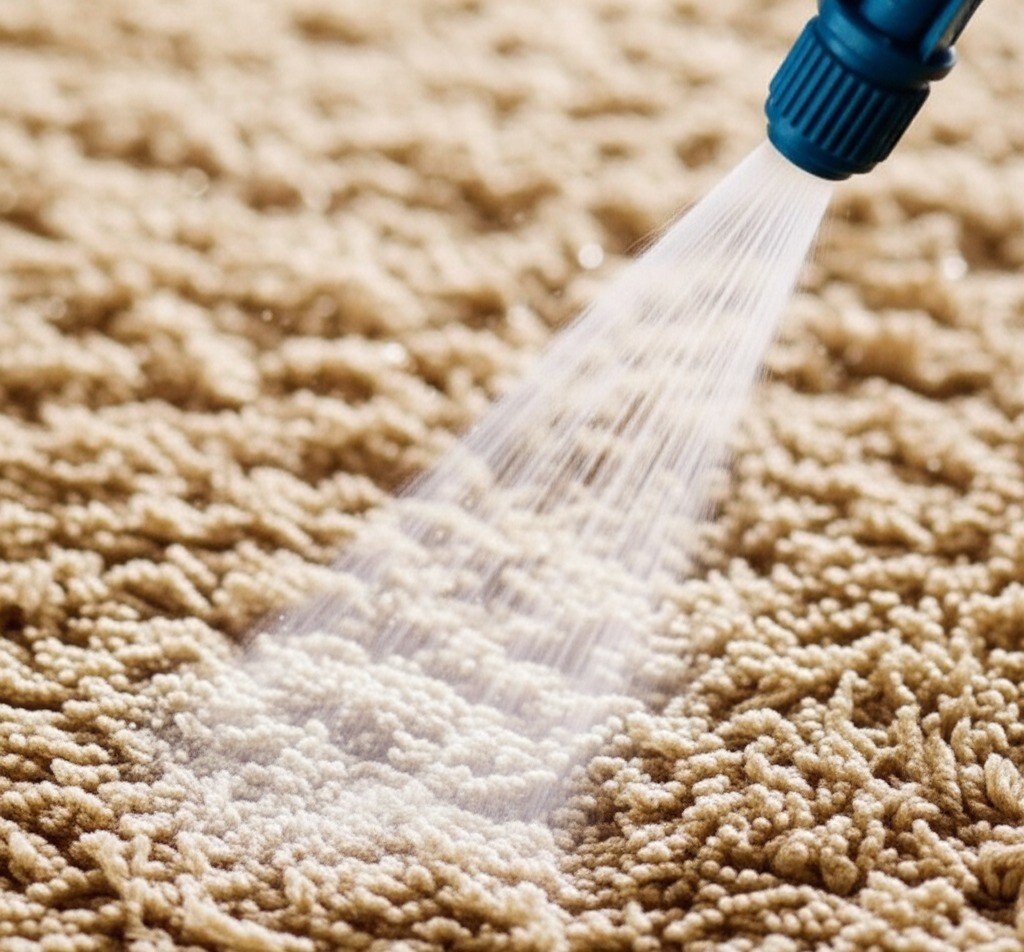
4.Do Not Rinse Well
Failing to rinse the carpet thoroughly after cleaning is the direct consequence of using too much soap or the wrong kind of cleaner. Any cleaning solution left behind in the fibers will leave a sticky or stiff residue. This residue acts like flypaper for dirt, dust, and grime. Every particle that lands on it or is tracked in on shoes will adhere to the fibers. This is why spots often reappear and look darker shortly after being cleaned. The area becomes a dirt magnet, leading to a frustrating cycle of cleaning that never seems to last. When spot cleaning, after blotting the stain, you should lightly mist the area with clean water and blot again with a dry cloth to “rinse” the fibers and remove any lingering solution. During a machine cleaning, the rinsing and extraction phase is the most critical part of the process. A slow, deliberate extraction pass that removes as much water and solution as possible is paramount.
5.Don’t Wait Too Long
Waiting too long to address a spill transforms a minor incident into a potential permanent stain. The longer a substance sits on carpet fibers, the more time it has to chemically bond with them. Many common household spills, such as wine, coffee, juice, or pet urine, contain dyes or acids that can permanently alter the color of the carpet fibers. The “golden rule” of stain removal is to act immediately. The moment a spill occurs, the cleanup process should begin. Blot up the excess, identify the type of stain, and use the appropriate removal technique right away. Letting a spill dry and set is a guarantee of a much more difficult, and often less successful, cleaning effort later on.
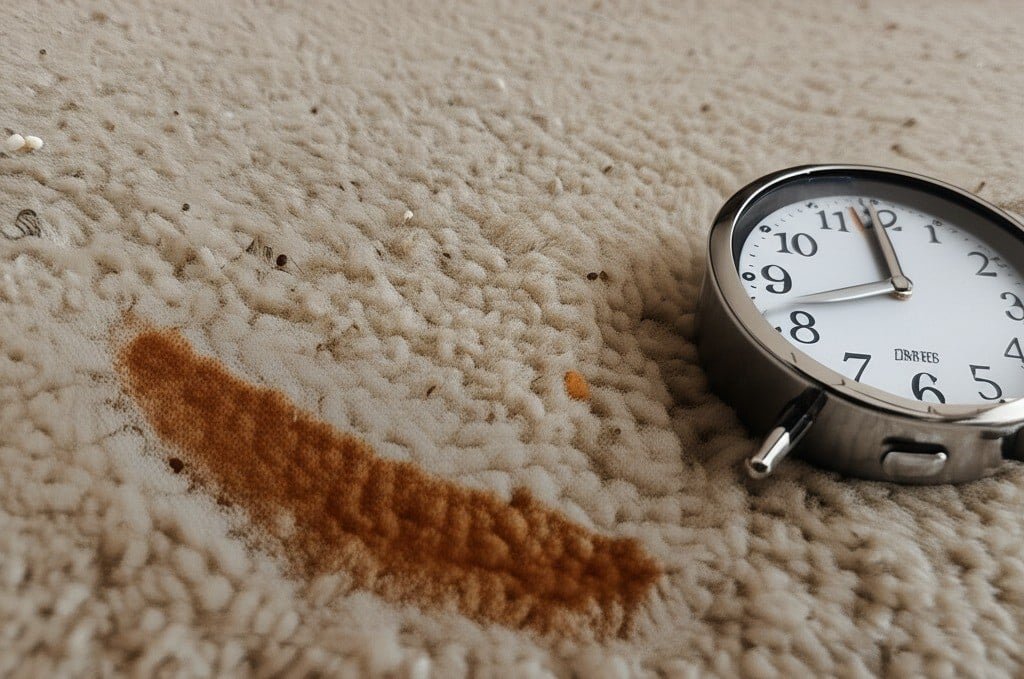
6.Do Not Test The Product On a Small Area
Neglecting to test cleaning products in an inconspicuous area is a needless risk. No matter how reputable the brand or how many positive reviews a product has, its chemical composition can react unpredictably with the specific dyes and fibers of your carpet. A cleaner that works perfectly on a synthetic polyester carpet could cause catastrophic color loss on a wool one. Before tackling a visible stain in the middle of a room, always apply a small amount of the cleaner to a hidden spot, such as inside a closet, under a large piece of furniture, or on a leftover carpet remnant. Let it sit for the recommended time, then blot it and allow it to dry completely. Check for any color bleeding, discoloration, or damage to the fibers. This simple five-minute test can prevent a permanent, room-ruining disaster.
7.Vacuum Infrequently
Infrequent or improper vacuuming is the slow and silent destroyer of carpets. Many view vacuuming as a task for removing visible crumbs and debris, but its most important function is to remove the fine, abrasive grit and soil that gets tracked into the home. These tiny, sharp particles settle deep into the base of the carpet pile. With every footstep, these particles are ground against the carpet fibers, acting like sandpaper. This abrasive action scratches and dulls the fibers, cutting them over time. This is what causes traffic patterns and a worn, flattened look in high-use areas. This physical damage cannot be reversed by cleaning. To prevent it, high-traffic areas should be vacuumed at least twice a week, and the rest of the home at least once. Use a vacuum with a beater bar or rotating brush for cut-pile carpets to agitate the fibers and dislodge this deep-down grit. For loop-pile carpets like Berber, a suction-only vacuum is preferable to prevent snagging. Ensure the vacuum bag or canister is never more than two-thirds full to maintain maximum suction power.
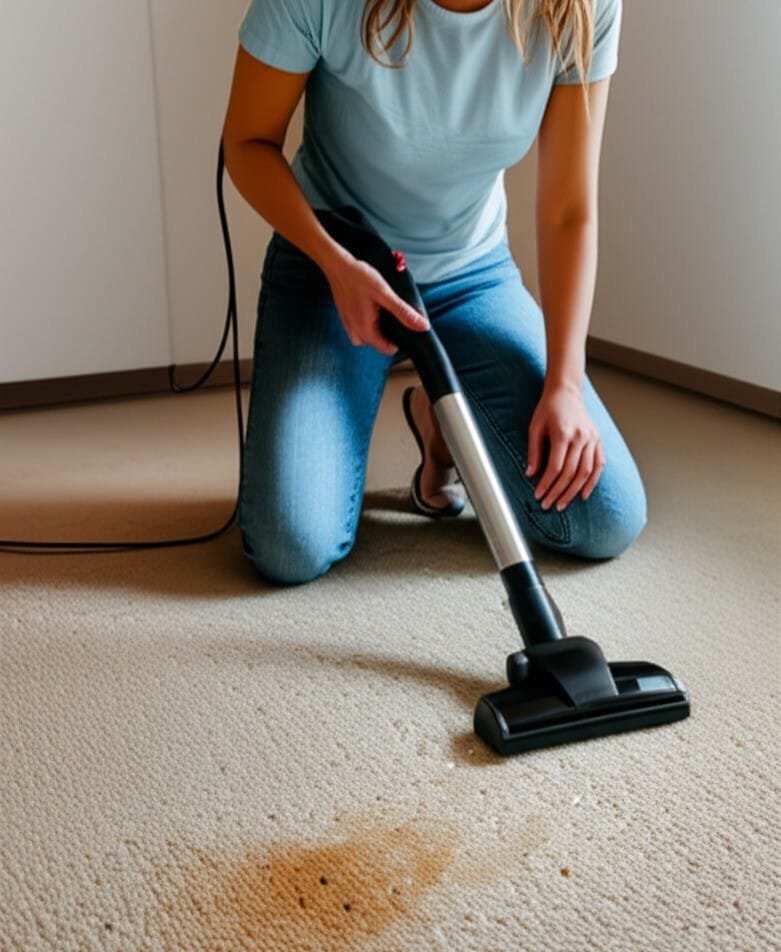
8.Deodorizing
Overusing carpet deodorizing powders is a well-intentioned but misguided practice. These powders are often made of talc or baking soda, and they do not clean the carpet. They simply mask odors by coating the fibers with a fragrance. The problem is that the powder particles are extremely fine. Most household vacuums are not powerful enough to remove all of the powder, especially from dense-pile carpets. Over time, this powder builds up at the base of the carpet, creating a dense, paste-like layer when it comes into contact with any moisture. This buildup can clog the carpet’s fibers, reduce air quality, and can even be abrasive. The fine dust can also clog your vacuum’s filters and motor, leading to reduced performance and potential damage. A better solution for odors is to address the source through proper cleaning and extraction, rather than covering it with a temporary scent.
9.Do Not Step
Walking on a wet carpet after cleaning is a simple mistake that can undo the hard work. When carpet fibers are wet, they are in a weakened, pliable state. Walking on them crushes the pile, and as it dries, it can become matted and flattened in the shape of the footprints. Furthermore, the soles of shoes or even bare feet can transfer dirt and oils onto the freshly cleaned, damp fibers, leading to immediate re-soiling. After a deep cleaning, it is essential to stay off the carpet until it is completely dry. You can aid the drying process by increasing air circulation with fans or a dehumidifier and by turning on your home’s HVAC system. Plan your cleaning for a time when you can avoid walking on the area for several hours.
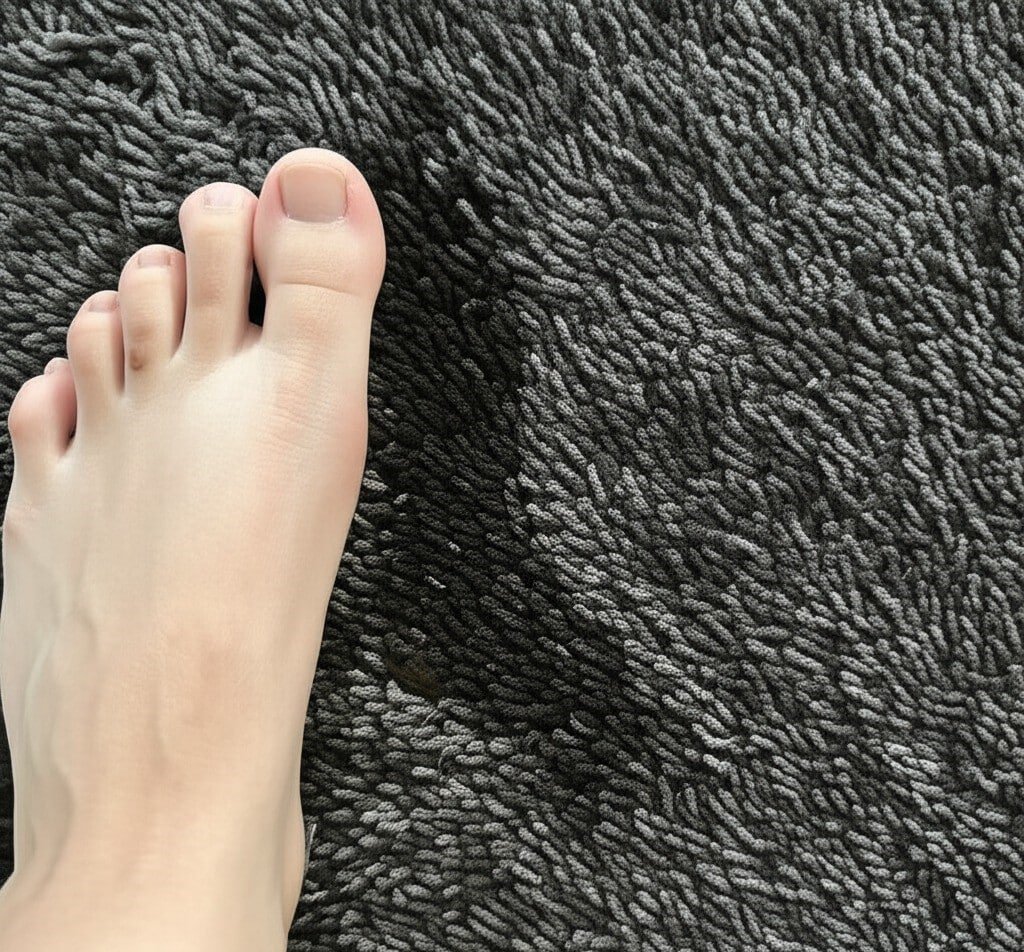
10.Padding
Ignoring the carpet padding is to ignore the heart of the problem. The pad beneath your carpet acts like a giant sponge. When a large spill occurs or a pet has an accident, the liquid quickly travels through the carpet and soaks into the padding. You may clean the surface of the carpet fibers, but the source of the stain and the odor remains trapped in the pad below. As the area is exposed to humidity or subsequent cleanings, this trapped liquid can wick back up to the surface, causing stains and odors to return again and again. For significant spills or pet accidents, a simple surface cleaning is not enough. A professional service with subsurface extraction tools is often required to flush both the carpet and the padding to fully remove the contaminant.
11.Be Careful
The belief that homemade solutions are always safer or better is a dangerous myth. While solutions of vinegar and water or baking soda can be effective in some situations, they are not a universal fix. Vinegar is an acid and can be damaging to natural fiber carpets like wool or silk, and it can react negatively with certain types of spills. Baking soda, similar to deodorizing powders, is a fine particulate that can be difficult to fully remove from the carpet, leading to buildup over time. Mixing chemicals without knowledge can also be hazardous; for instance, mixing vinegar with a cleaner containing bleach can create toxic chlorine gas. While these household items have their place, they should be used with caution and an understanding of their chemical properties and their effect on your specific carpet type. Commercial carpet cleaners are formulated by chemists to be pH-balanced and to contain surfactants and rinsing agents that are designed to work effectively and rinse away cleanly.
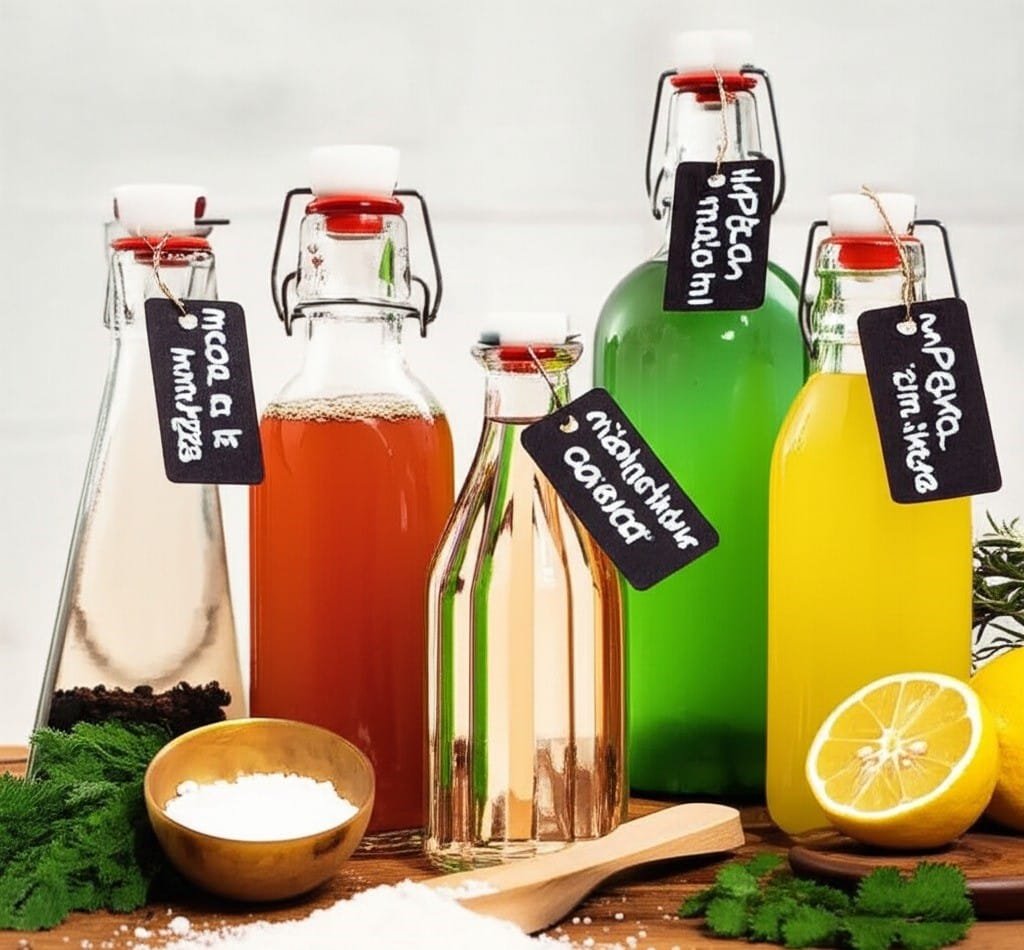
12.Maintenance
Waiting until the carpet looks visibly filthy to have it professionally cleaned is a costly error in judgment. By the time a carpet appears dirty, it is already holding a significant amount of soil deep within its fibers, often pounds of it. This deep-seated, abrasive grit is actively wearing down and damaging the fibers with every step. Regular, planned professional cleanings are not just for aesthetic purposes; they are a critical part of carpet maintenance that extends the life of your investment. Waiting too long allows soil to become so embedded that it can no longer be fully removed, and traffic lane patterns become permanent damage rather than just soiling. A professional cleaning should be seen as preventative care, not just a last resort. For a typical household, an annual professional cleaning is recommended, with more frequent cleanings for homes with pets, children, or high traffic.
Avoiding these common mistakes is the difference between preserving your carpet and prematurely destroying it. The process is more than just removing a spot; it’s about understanding the science of the fibers, the chemistry of the cleaning agents, and the mechanics of proper technique. Tackling stains and soil without causing fiber damage, color loss, or creating a breeding ground for mold requires precision.
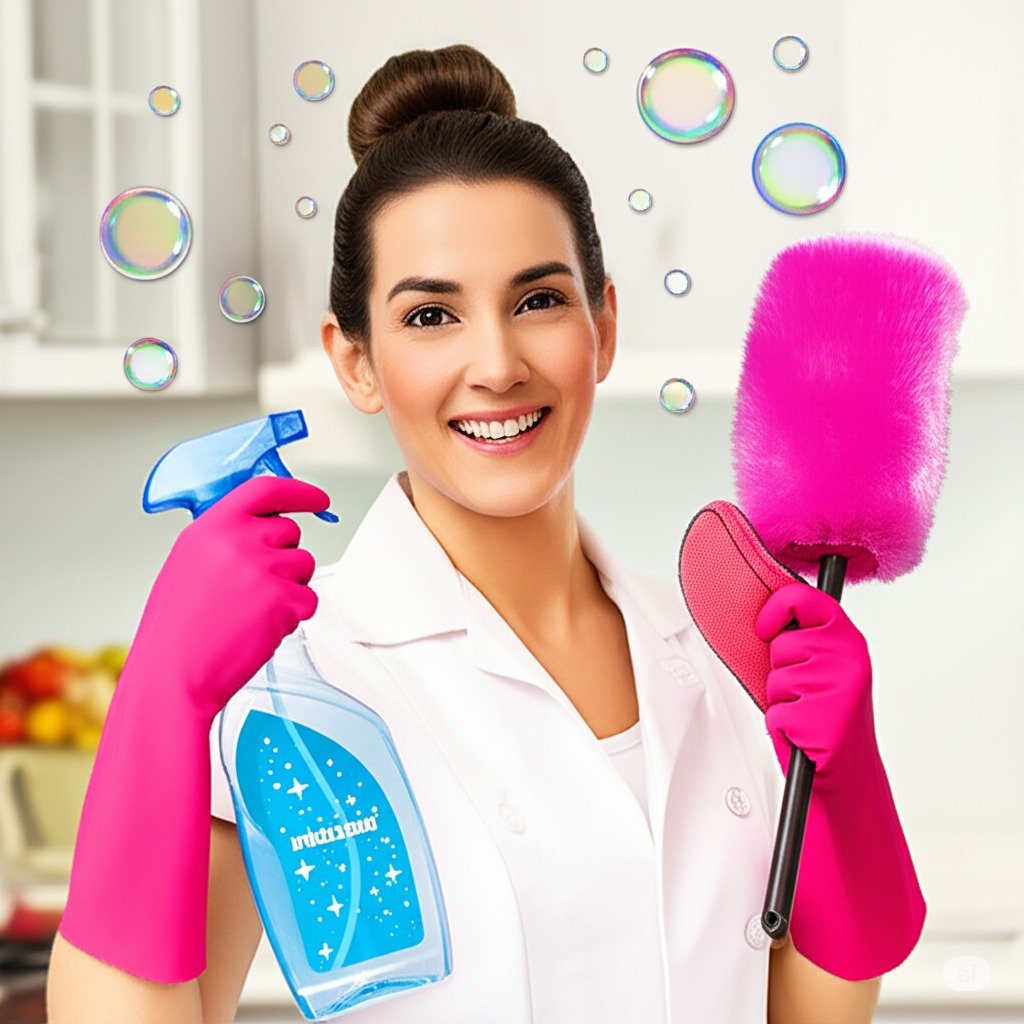
For a clean that bypasses these pitfalls, Toronto Shine Cleaning offers expert service that protects your investment. We use the correct, pH-balanced solutions and professional-grade extraction methods to remove deep-seated soil and stains without overwetting, leaving residue, or damaging delicate fibers.













